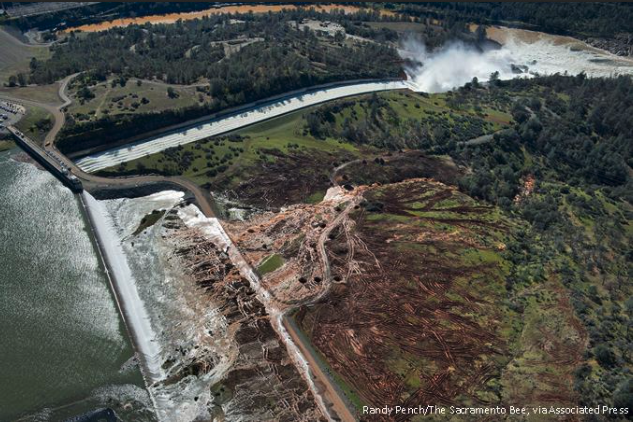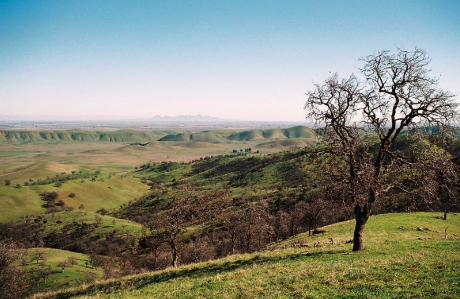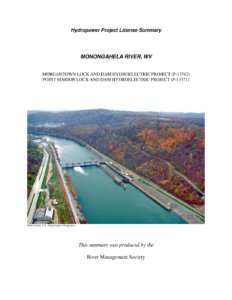River Advocate – Volume 7, Issue 3 – October 2017
Orovillle Report Released
Friends of the River, California Sportfishing Protection Alliance (CSPA), South Yuba River Citizens League (SYRCL), and American Whitewater have prepared a report on the Oroville Dam spillway incident and lessons from the Feather River Basin.
In addition to noting that the state water contractors are financially the state water contractors are financially responsible for Oroville Dam, the report tries to summarize what is known publicly about the incident, its causes, and our pre-incident unsuccessful effort to persuade theDWR, the state water contractors, and FERC to get the emergency spillway into a safe condition. (In its first use, it nearly failed and caused the evacuation of 188,000 people living and working in the Feather River basin.)
More importantly, the report provides some substantive recommendations for the substantive recommendations for the reconstruction, dam-safety processes, floodwater-management programs for reconstruction, dam-safety processes, floodwater-management programs for the Sacramento and San Joaquin River Basins, and warns that other dams in California may face similar or other design and construction deficiencies that may lead to real trouble.
The report also notes that neither DWR nor its regulator, the Federal Energy Regulatory Commission (FERC), currently plan to construct an emergency spillway that, if used, would not throw large chunks of the mountainside into the Feather River/Thermalito Dam diversion pool — just like the erosion that resulted when the main spillway broke in February of 2017.
Read the summary Learn more | Read the full report

Delta Alternatives Necessary
by Bob Wright, Senior Counsel
FOR is a plaintiff in an action filed in August challenging the approval of the California Water Fix Delta Tunnels project by the California Department of Water Resources (DWR). If water is taken upstream from the Delta for export instead of taking the water from the South Delta (as is currently done), the project would complete the destruction of the already degraded San Francisco Bay-Delta Estuary because it would greatly reduce freshwater flows through the Delta.
The lawsuit alleges that the Environmental Impact Report (EIR) on the project violates the California Environmental Quality Act (CEQA) for many reasons, central among them being the failure to develop and circulate for public review and comment the required range of reasonable alternatives to the project. FOR has consistently insisted that alternatives like the Environmental Water Caucus and FOR alternative, A Sustainable Water Plan for California (2015), that would increase freshwater flows through the Delta by reducing exports, be an included alternative. Read a copy of the Complaint.
FOR has also filed an Answer in September to DWR’s Complaint for Validation. DWR seeks to validate issuance of billions of dollars of revenue bonds to pay for the Tunnels project. DWR is seeking to have the taxpayers subsidize the project in violation of the Delta Reform Act requirement that any new Delta conveyance project be payed for by the exporters. A copy of the Answer (our third and fourth affirmative defenses at pp. 6-8 would be of interest in what is otherwise a technical document).
River Currents
by Ron Stork, Senior Policy AdvocateCounter currents happen too
These resolutions come while the Auburn Dam Council is prodding Yolo, Sutter, Sacramento, Placer, El Dorado, and San Joaquin Counties (and water districts within them) to form a new joint powers agency to help fund or even own Auburn Dam (the old Authority to be the federal partner for Auburn dam has been losing interest). As might be expected, Auburn dam has been popular in some of these counties before (assuming that someone else picked up most of the tab).If nearby counties prove cooperative, area voters could see ballot measures. It looks as if we may have some political organizing to do.
Question Authority?
Speaking of local governments, the local governments and water districts in the southern San Joaquin Valley have formed the San Joaquin Valley and Water and Power Authority* to move heaven and earth to build their local deadbeat dam, Temperance Flat. It would be second tallest dam in California, flood the San Joaquin River Gorge, deliver almost no new water, imperil efforts to manage valley groundwater, and could cost twice as much as the unretired debt of the entire federal Central Valley Project.
A bad idea, but tremendously popular among Valley politicians.
The authority is applying for $1,330,350,000 from the Proposition 1 bond funds that a big-money advertising campaign sold to California voters to nurture such dams.
Even more successful at this stage, the Sites Dam Authority has been signing up supporters and board members throughout the Sacramento Valley (including the state capital) and lining up buyers for its promised water riches. Sites is a proposed offstream dam that the Authority expects to cost a mere $5,175,000,000, diverting flows from the Sacramento River that would then be sold to the highest bidder.
The Authority also has a new draft environmental impact report on the street with a comment deadline of January 15, 2018.
Although its boosters seem to claim otherwise, the dam’s fate will be determined by the generosity of the California Water Commission, the agency controlling the $2.7 billion Proposition 1 storage bond funds, and whether the proposed Delta tunnels can carve an easy path to the wealthy water districts south of the Delta.
This might be a good time to resist.
 *Joint powers authorities (JPAs) are governmental entities usually created byl ocal governments (including public water districts) to share governmental powers to accomplish a common mission not capable of being accomplished by them acting separately. They are either created by a special act of the legislature or under standard provisions established by state law.
*Joint powers authorities (JPAs) are governmental entities usually created byl ocal governments (including public water districts) to share governmental powers to accomplish a common mission not capable of being accomplished by them acting separately. They are either created by a special act of the legislature or under standard provisions established by state law.
California FERC news
The Federal Energy Regulatory Commission (FERC) is the regulator for non-federal hydropower dams. So happenings there can come to river near you fairly quickly. So here’s a quick summary of news.
1) The Commission has a quorum and can act. Some end-of-the-administration resignations meant the Commission could no longer undertake certain actions. The vacancies have been filled by the Trump administration for good or ill.
2) The Commission has failed to respond to repeated filings by Friends of the River and others about creating a meaningful and transparent process for interested groups to provide input into Commission decisions around the Oroville Dam reconstruction. At the same time, they have not moved to relicense the project.
3) The Commission, in response to requests from conservation groups (including Friends of theRiver) in the Eel River Potter Valley Project relicensing, said that dam-safety matters are not the proper subject in a dam relicensing. These matters would be handled largely in secret by the Commission’s Division of Dam Safety and Inspections, the same Division that had missed the same Division that had missed the problems at the Oroville Dam spillways for half a century the problems at the Oroville Dam spillways for half a century. They did not opine whether physical facilities adequate to sustain the missions assigned a dam was the proper subject of a relicensing proceeding.
4) The Commission is proposing regulations that would make the standard term of a dam licensing forty years, although allowing in certain circumstances today’s range of thirty to fifty years. Regardless, a thorough review of a dam’s operations, physical facilities (supposedly), and a dam’s very existence would take a generation or two between reviews.
This may mean shorter license terms on average (it’s too soon to tell), but some utilities faced with the rapid integration of solar and wind (competing with hydro and fossil fuel plants) into the market may also support shorter license terms. In this world, the assumptions baked into their licenses can get stale pretty quickly.
These uncertainties also mean that outside groups such as Friends of the River who wish to step up their game to affect dam operations will have to cope with utilities who may not feel comfortable making licensing commitments to recreational or environmental operational improvements.Thank you for supporting rivers by staying informed. We can’t wait to see you at our next event or talk! Sincerely, the FOR Staff–Eric, Ron, Brittney, Bob and Toby
The post River Advocate – Volume 7, Issue 3 – October 2017 first appeared on Friends of the River.


